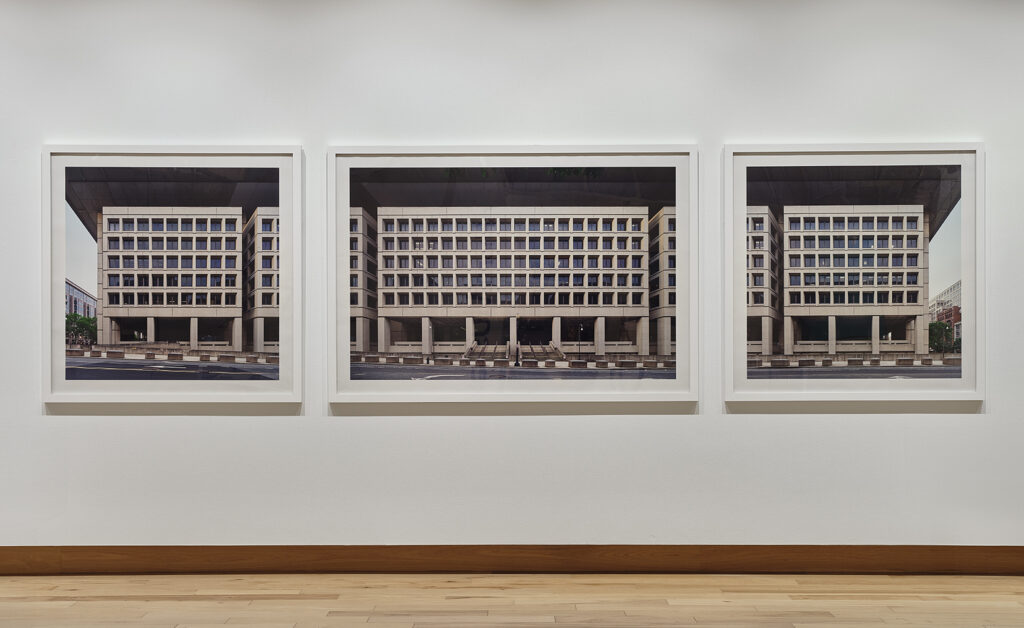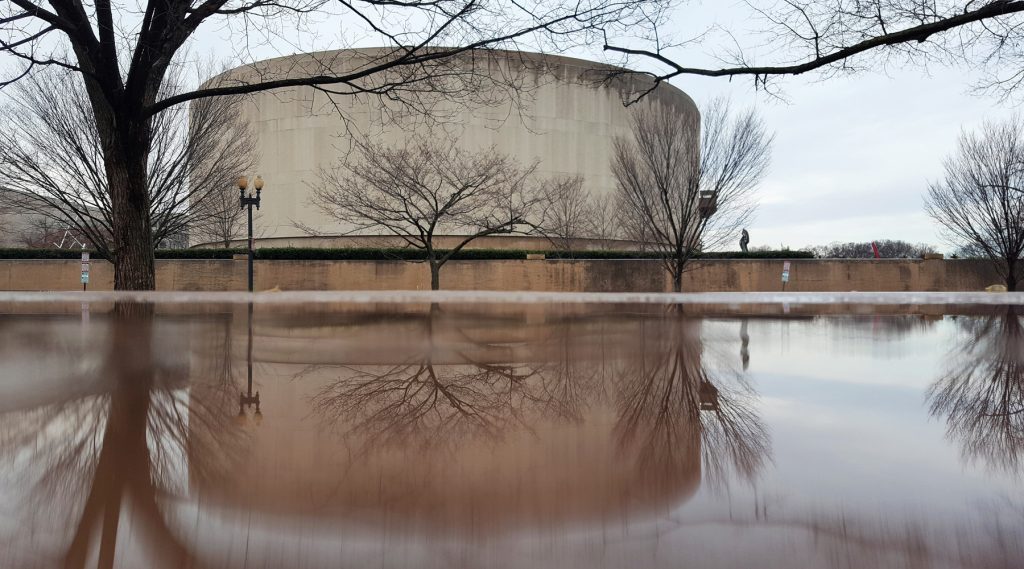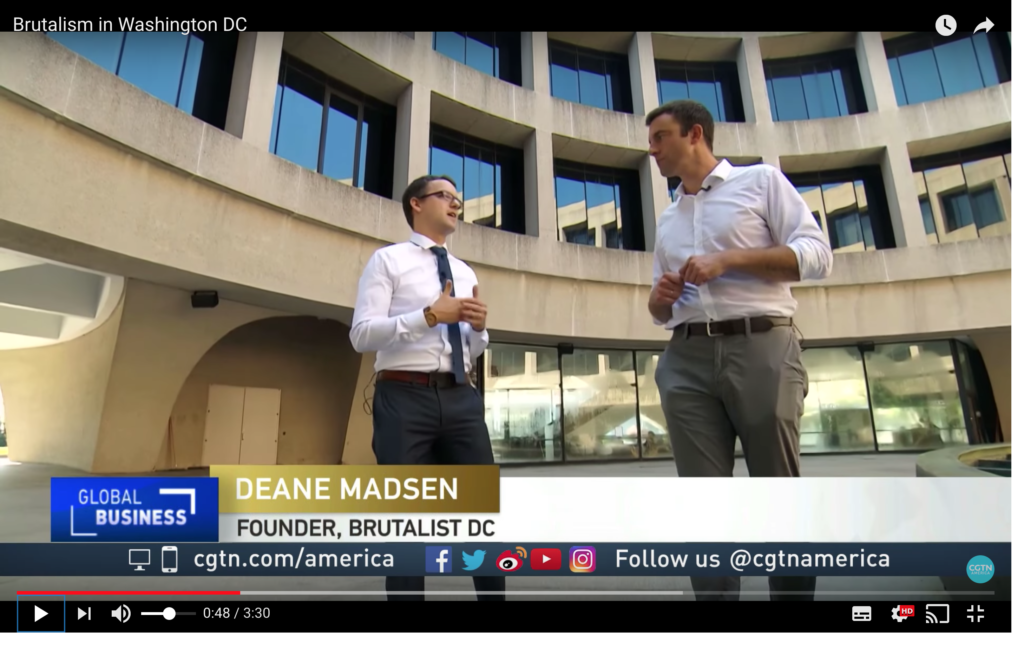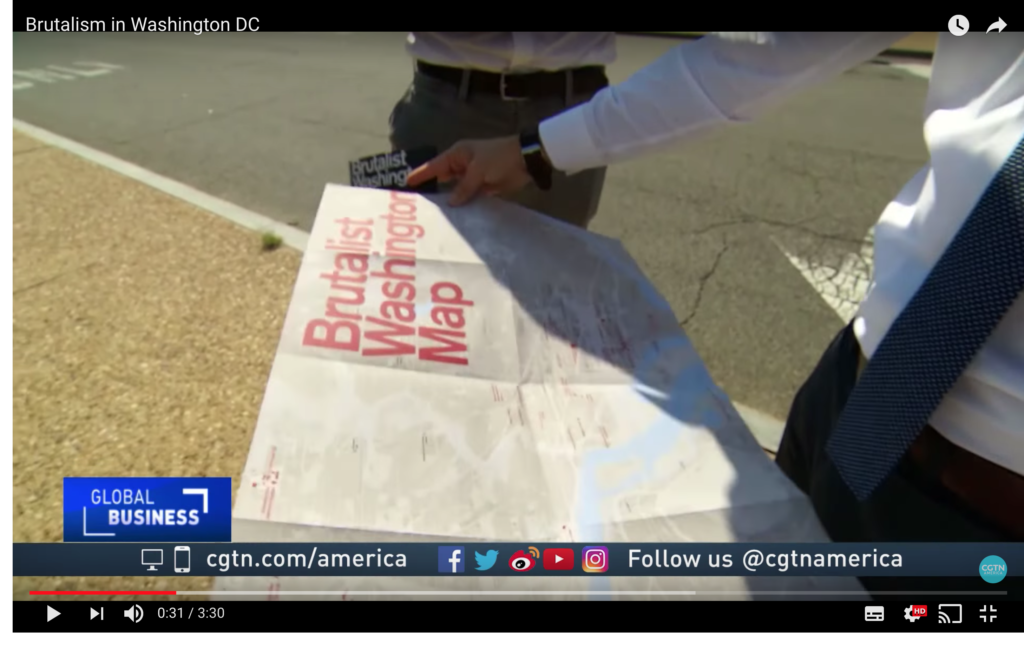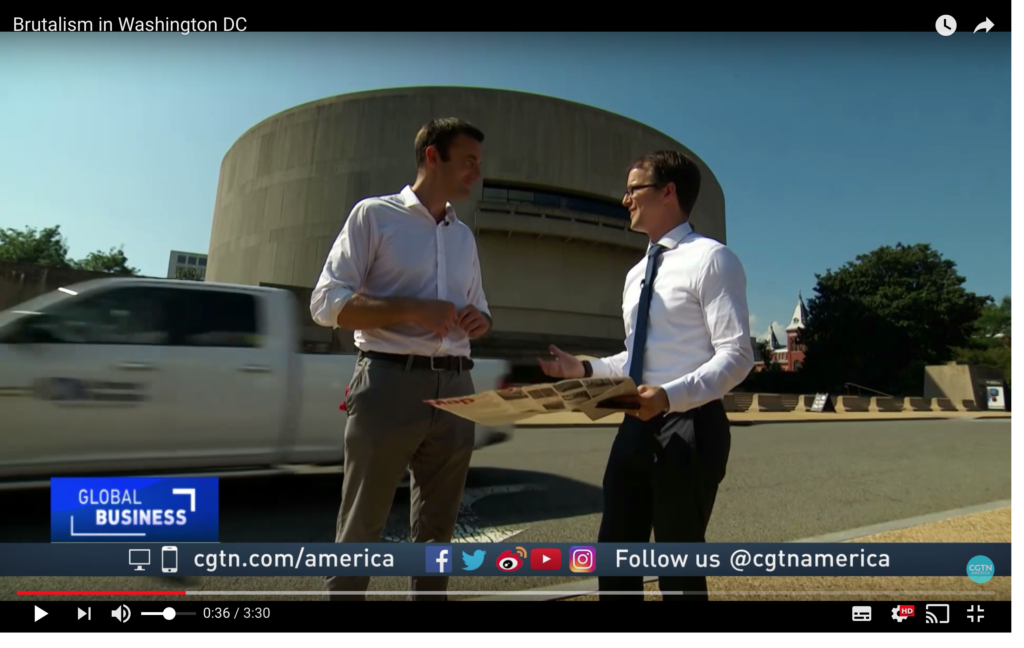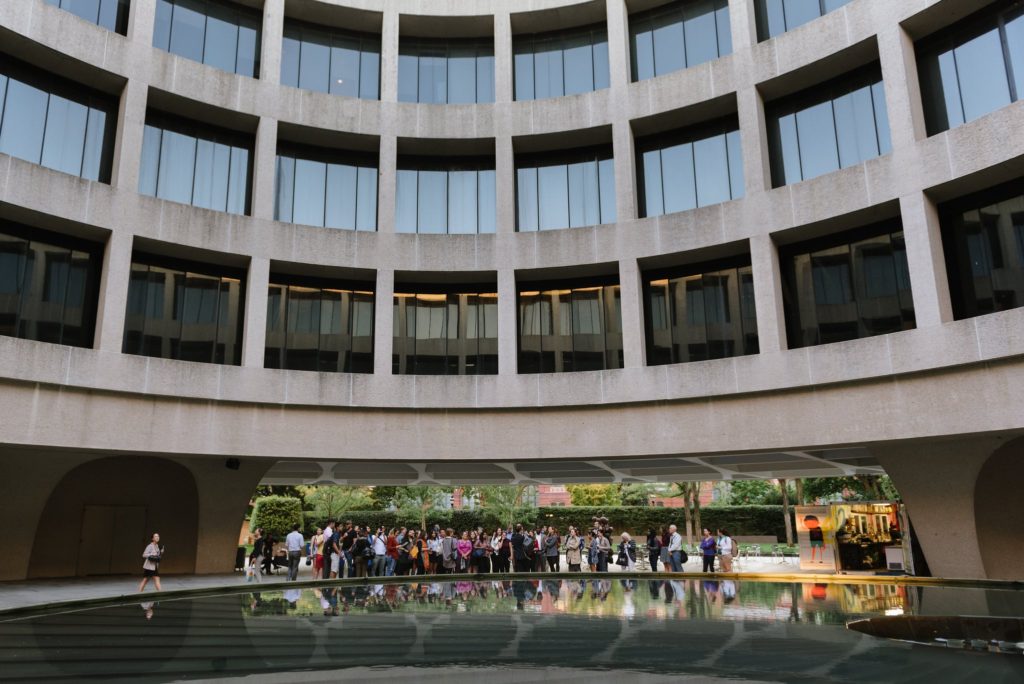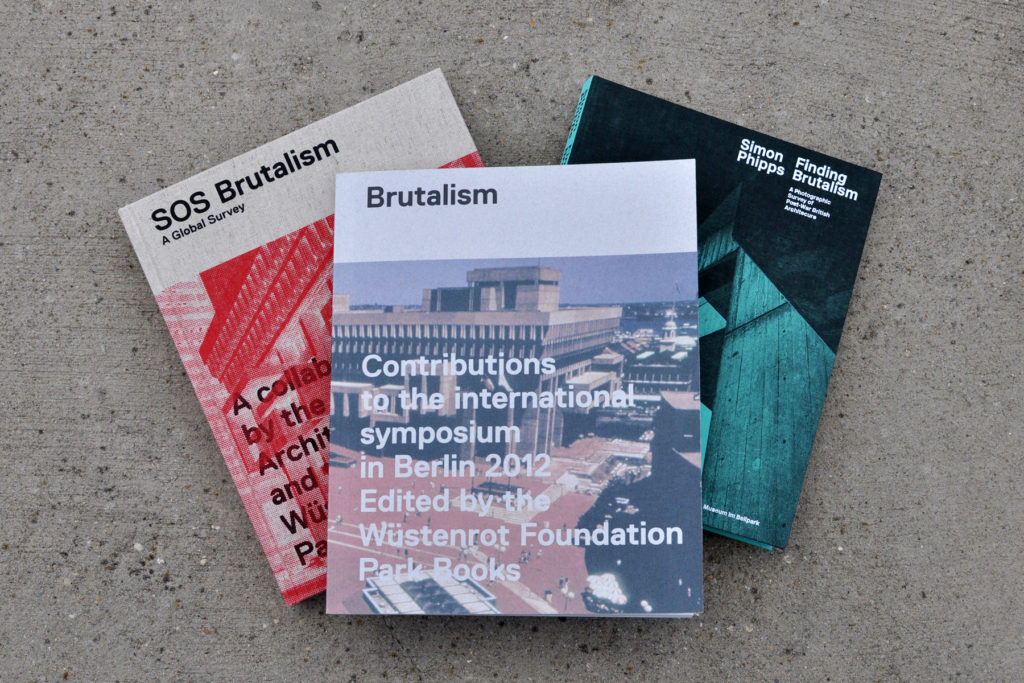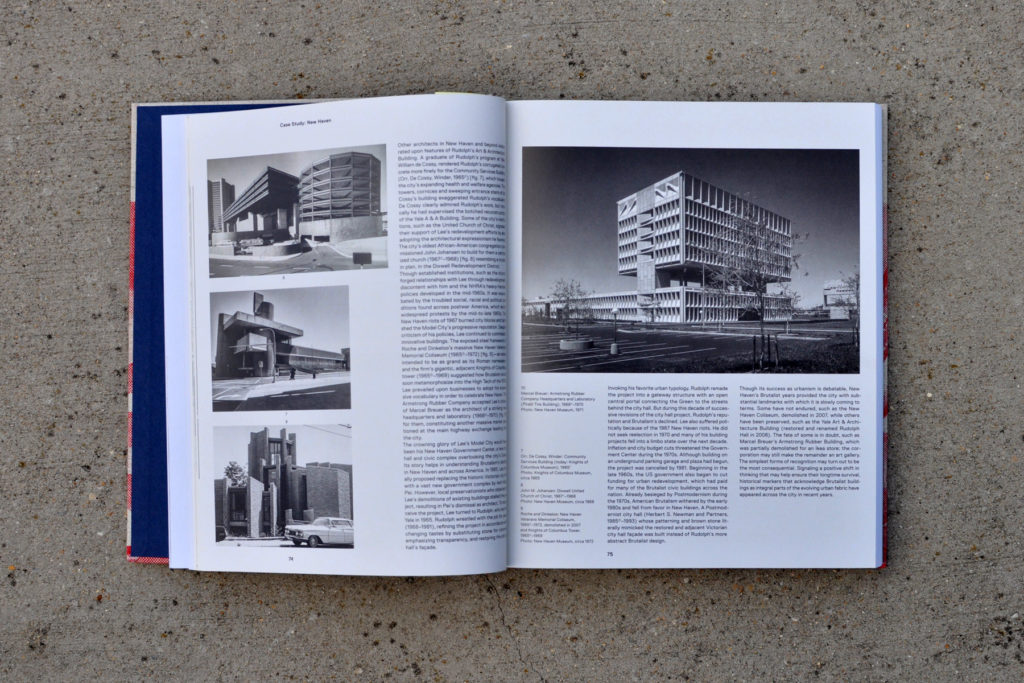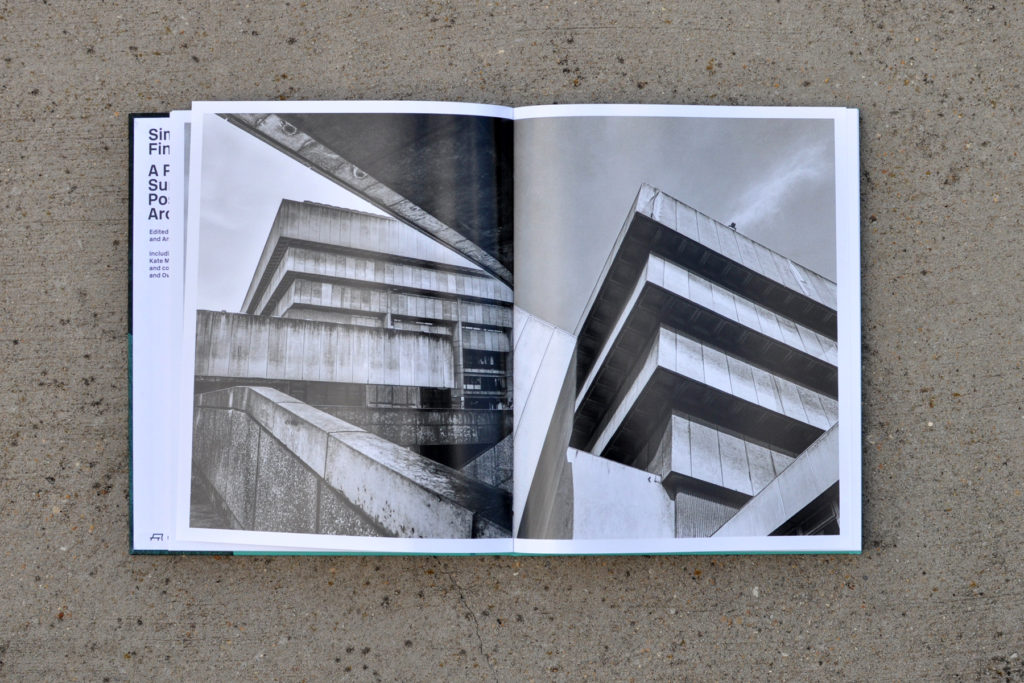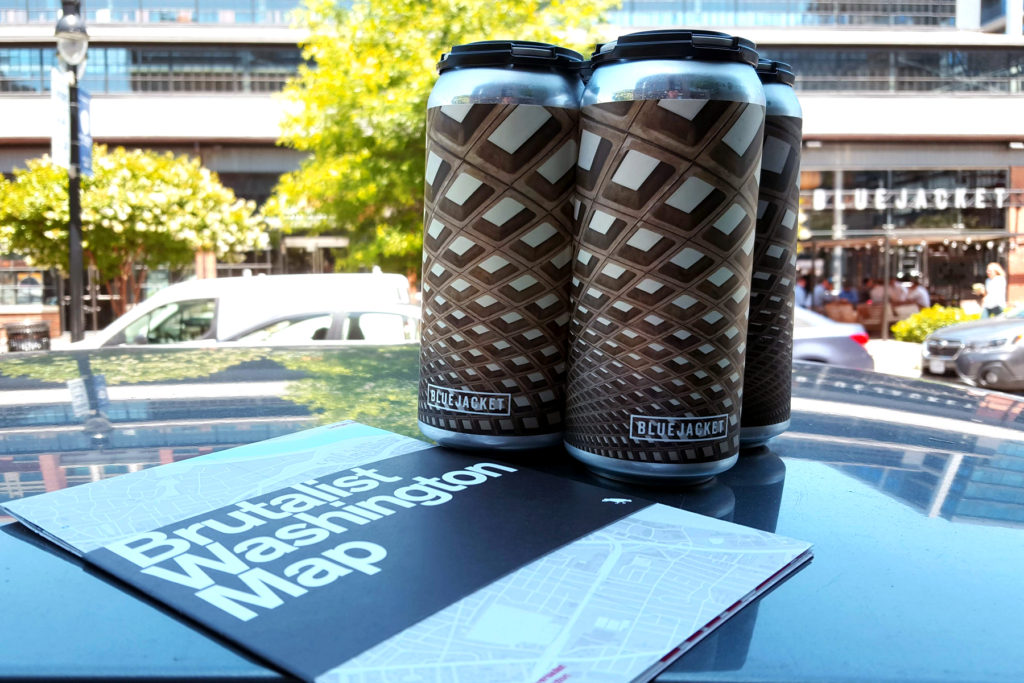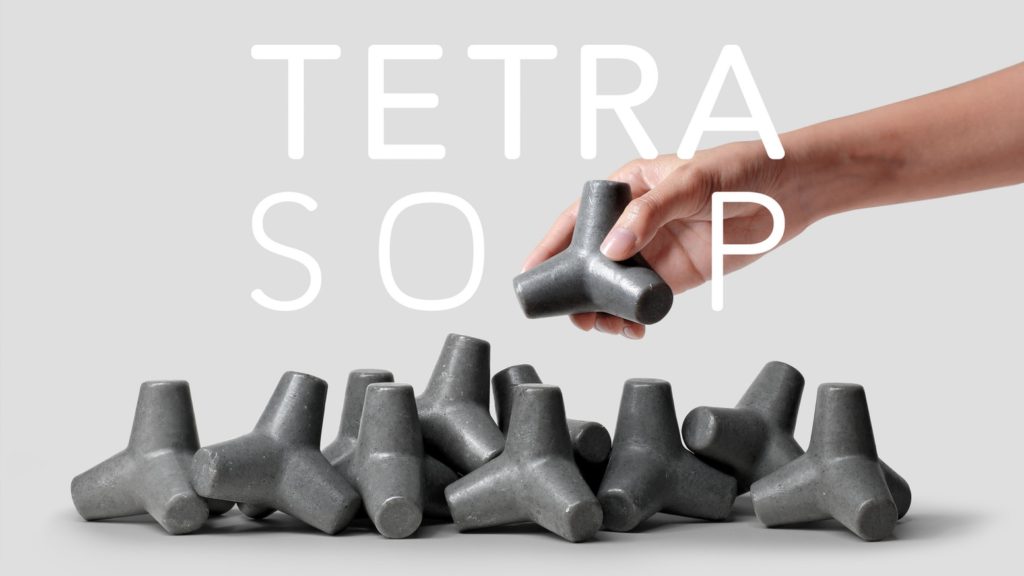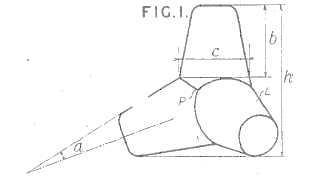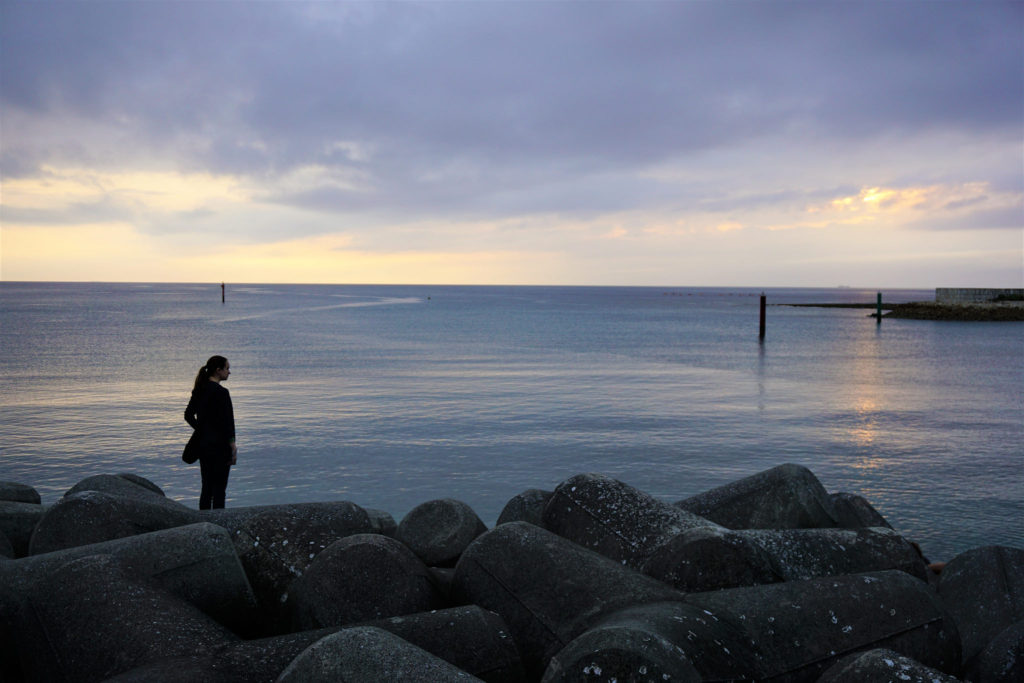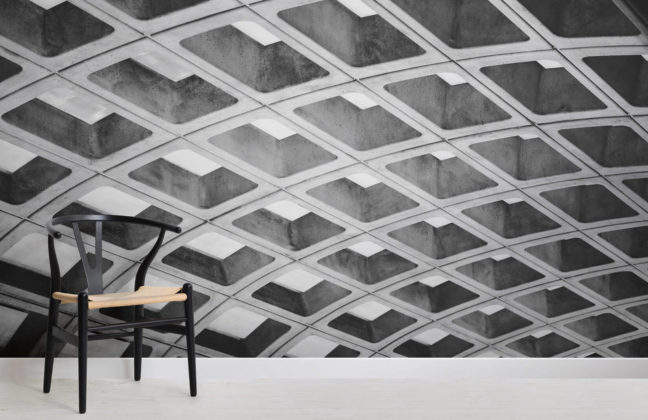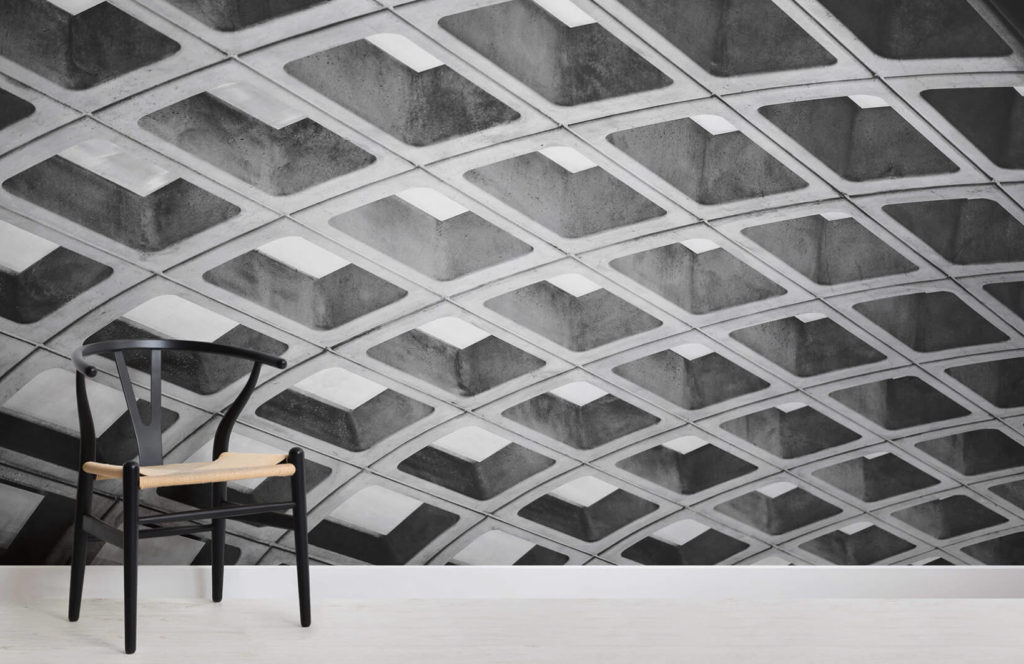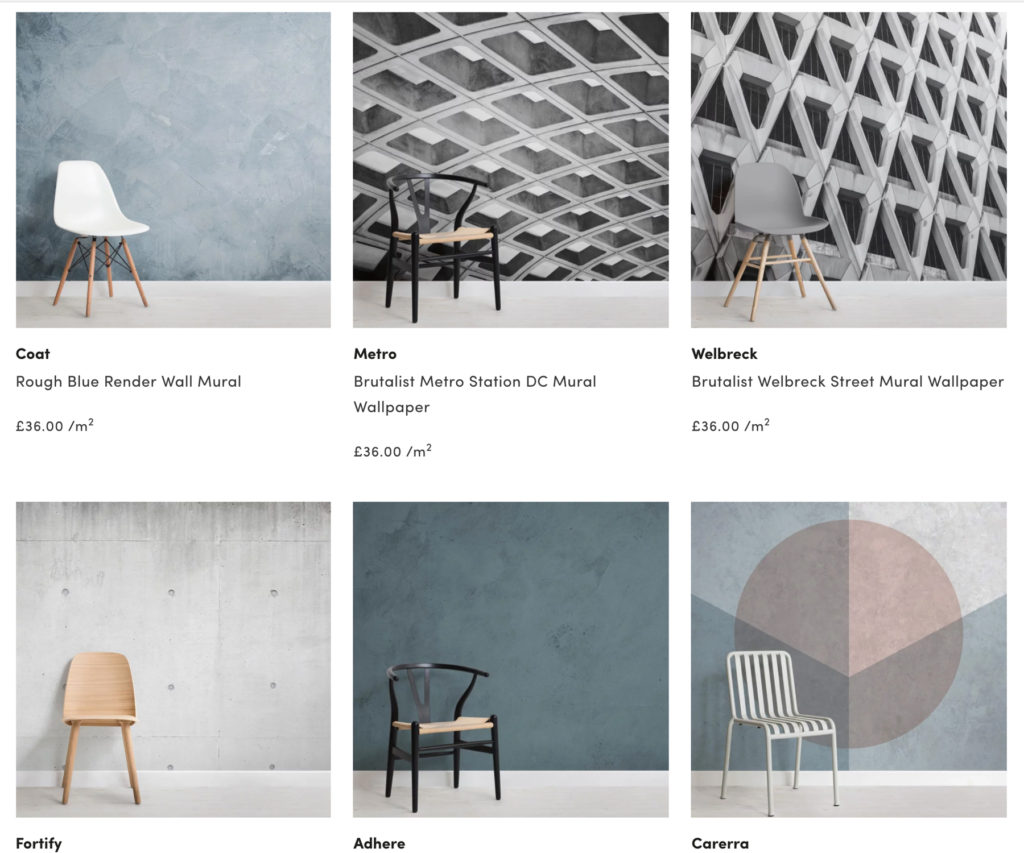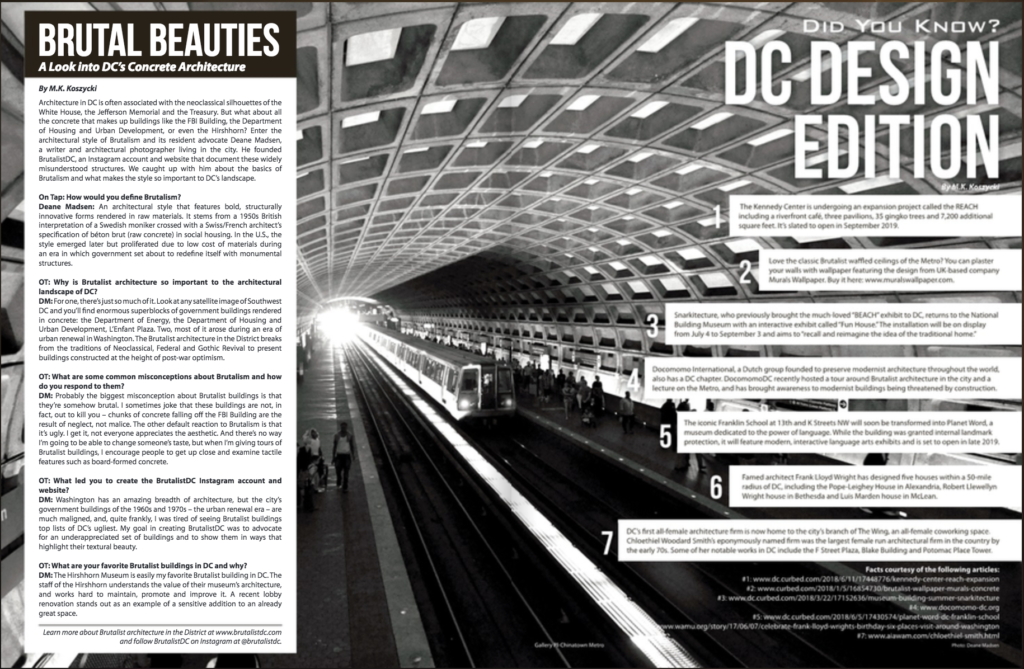
On Tap Magazine recently released its July edition, which focused on design in Washington. BrutalistDC founder Deane Madsen was thrilled to be interviewed by M.K. Koszycki for the issue, an excerpt of which is below:
On Tap: Why is Brutalist architecture so important to the architectural landscape of DC?
Deane Madsen: For one, there’s just so much of it. Look at any satellite image of Southwest DC and you’ll find enormous superblocks of government buildings rendered in concrete: the Department of Energy, the Department of Housing and Urban Development, L’Enfant Plaza. Two, most of it arose during an era of urban renewal in Washington. The Brutalist architecture in the District breaks from the traditions of Neoclassical, Federal and Gothic Revival to present buildings constructed at the height of post-war optimism.
OT: What are some common misconceptions about Brutalism and how do you respond to them?
DM: Probably the biggest misconception about Brutalist buildings is that they’re somehow brutal. I sometimes joke that these buildings are not, in fact, out to kill you—chunks of concrete falling off the FBI Building are the result of neglect, not malice. The other default reaction to Brutalism is that it’s ugly. I get it, not everyone appreciates the aesthetic. And there’s no way I’m going to be able to change someone’s taste, but when I’m giving tours of Brutalist buildings, I encourage people to get up close and examine tactile features such as board-formed concrete. On the pairs of columns at the base of HUD, for example, you can actually feel the grain of the wood that was used to form the columns embedded in the concrete. The attention to detail paid to the concrete formwork resounds throughout the rest of the architecture as well, and if I can help people appreciate the architectural effort behind these buildings, perhaps they can also grow to like them.
OT: What led you to create the BrutalistDC Instagram account and website?
DM: Washington has an amazing breadth of architecture, but the city’s government buildings of the 1960s and 1970s—the urban renewal era—are much maligned, and, quite frankly, I was tired of seeing Brutalist buildings top lists of DC’s ugliest. My goal in creating BrutalistDC was to advocate for an underappreciated set of buildings and to show them in ways that highlight their textural beauty.
OT: What are your favorite Brutalist buildings in DC and why?
DM: The Hirshhorn Museum is easily my favorite Brutalist building in D.C., for many reasons, but the foremost is that the staff of the Hirshhorn understands the value of their museum’s architecture, and works hard to maintain, promote, and improve it; a recent lobby renovation stands out as an example of a sensitive addition to an already great space. The Hirshhorn benefits from its prime location at the midpoint of the National Mall, and its diminutive scale relative to the nearby Air & Space Museum and
National Gallery of Art makes for a pleasant respite. The Hirshhorn Sculpture Garden is also perhaps one of D.C.’s best-kept secrets, with shaded greens populated with works by the likes of Auguste Rodin, Barbara Pepper, and Henry Moore, along with more recent acquisitions such as Yayoi Kusama’s Pumpkin.
Beyond the Hirshhorn, there are plenty of other buildings to love, but I’m especially keen on the architecture of D.C. Metro, which was designed by Harry Weese and opened in 1976. The deeply coffered, column-free vaults evoke the monumental scale of Washington (each station is 600 feet long) while also serving up dramatic—and photogenic—shadows, thanks to lighting designer William Lam.
Read the full article at On Tap Magazine.


